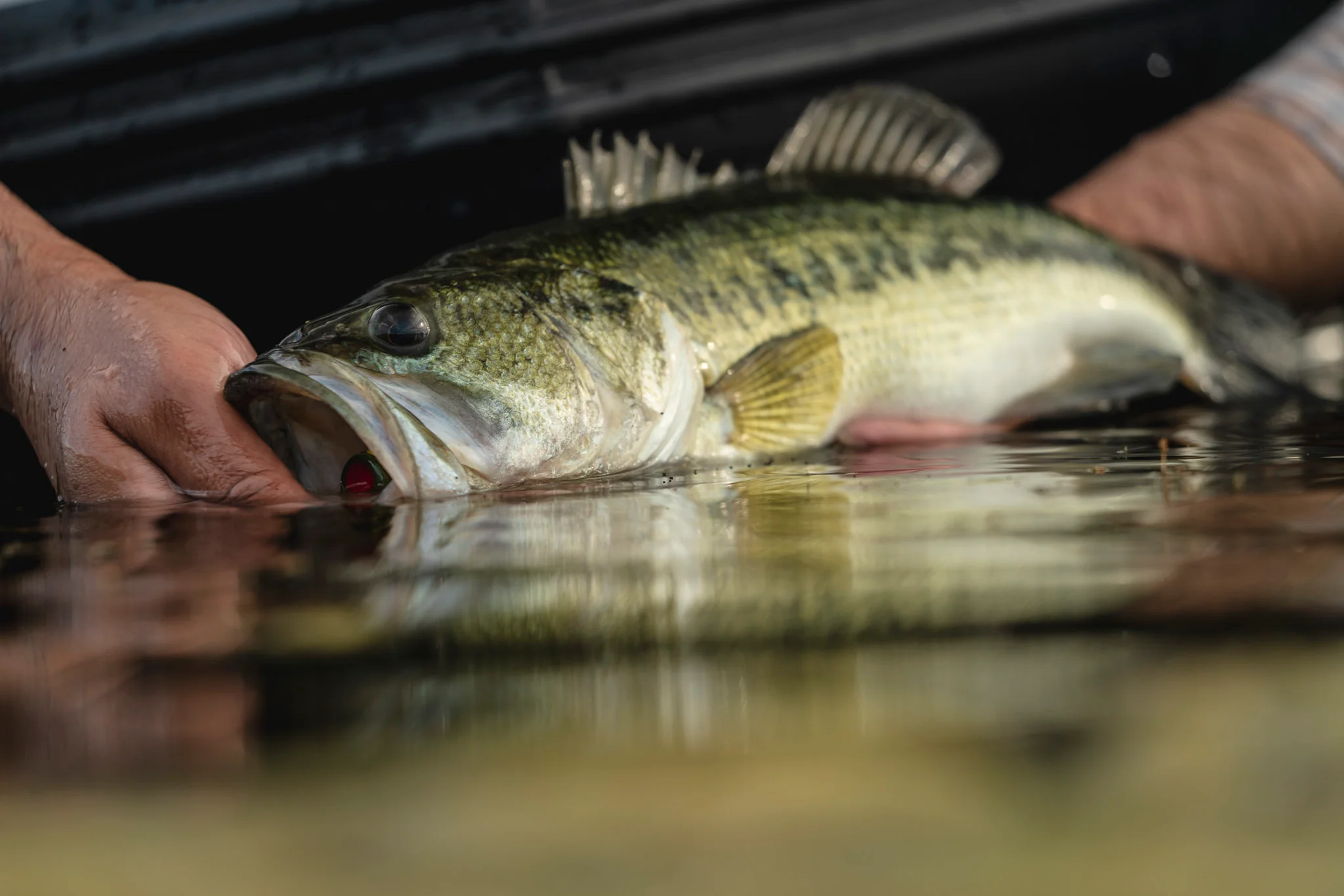How Fly Fishing for Bass Differs from Other Species

Understanding the Unique Challenges of Fly Fishing for Bass
Fly fishing for bass presents a unique set of challenges and rewards that differ significantly from targeting other species like trout, salmon, or panfish. Unlike trout, which often inhabit cold, fast-moving waters and respond to delicate presentations, bass are aggressive predators that require a more strategic approach. Anglers must consider bass behavior, seasonal patterns, and habitat preferences to successfully hook these powerful fish. Fly fishing for bass demands patience, skill, and an understanding of how to match the bass’s natural environment with the appropriate fly selection and presentation techniques.
Behavioral Patterns of Bass Versus Other Fish
One of the main differences when fly fishing for bass compared to other species is their behavioral tendencies. Bass are ambush predators, often lurking near structures such as submerged logs, weed beds, or rock formations. Unlike trout, which may roam in open water seeking drifting insects, bass typically stay hidden, striking only when prey comes within reach. Recognizing these patterns allows anglers to place their flies precisely where bass are likely to strike, increasing the chances of a successful catch. Additionally, bass are known for explosive strikes and strong runs, offering a more dynamic fight than many other freshwater species.
Seasonal Strategies for Bass Fishing
Seasonal changes play a significant role in fly fishing for bass. In spring, bass are often found in shallow waters preparing to spawn, making them more aggressive and easier to target with topwater flies or poppers. Summer drives bass into deeper, cooler waters, requiring anglers to adjust their techniques, such as using sinking lines or fishing near drop-offs. During fall, bass actively feed to prepare for winter, allowing for versatile fly presentations, while in winter, they become lethargic and demand slower, more subtle approaches. Understanding these seasonal shifts is critical for anglers looking to excel in fly fishing for bass compared to other species with different environmental triggers.
Fly Selection and Presentation Techniques
The choice of flies and the method of presentation are another major distinction in fly fishing for bass. Bass are opportunistic feeders and respond well to a variety of flies, including poppers, streamers, and soft plastic imitations. Unlike delicate trout flies, which often require a gentle, precise cast, bass flies can be presented with more aggression, using larger casts or erratic retrieves to mimic struggling prey. The ability to adapt the presentation style based on water conditions and bass activity is a skill that sets apart successful bass anglers from those targeting more passive species.
Equipment Considerations for Bass Fishing
When comparing fly fishing for bass to other species, equipment selection is also key. Bass fishing often requires heavier rods and stronger lines to handle the fish’s strength and aggressive strikes. While trout or panfish may be caught using ultra-light tackle, bass demand robust fly rods, reels with smooth drag systems, and durable leaders to manage sudden runs and hard fights. Choosing the right equipment ensures anglers can effectively land bass without losing them due to inadequate gear, which is a critical factor in distinguishing bass fishing from other fly fishing experiences.
Understanding Habitat and Water Conditions
Another factor that differentiates fly fishing for bass is the need to understand diverse habitats and water conditions. Bass thrive in warm, shallow waters with abundant cover, unlike species such as trout, which prefer colder, oxygen-rich streams and rivers. Anglers targeting bass must be adept at reading water, identifying hotspots near vegetation, drop-offs, and submerged structures where bass ambush their prey. Knowledge of these habitats allows for precise fly placement, which is essential for success in fly fishing for bass and sets it apart from fishing for other species.
Techniques for Catching Large Bass
Targeting trophy bass requires different tactics than catching smaller species. Anglers often employ techniques like topwater fishing during early mornings or late evenings when bass are most active. Using realistic fly patterns and varying retrieve speeds can provoke aggressive strikes from larger fish. Unlike species that may take a passive approach to flies, bass demand a more strategic and adaptive fishing style, making fly fishing for bass a more challenging and rewarding pursuit for anglers looking to test their skills.
Conclusion: Why Bass Fishing Stands Out
In summary, fly fishing for bass is a distinctive form of angling that requires specialized knowledge of bass behavior, seasonal movements, fly selection, presentation techniques, and habitat. Unlike fishing for trout or panfish, bass fishing emphasizes strategy, adaptability, and a deep understanding of predator patterns. Anglers who master these elements experience not only the thrill of landing powerful, aggressive fish but also the satisfaction of honing a unique and challenging form of fly fishing. Whether you are a seasoned angler or just beginning, embracing the differences in fly fishing for bass opens the door to a rewarding and exciting fishing adventure.
Leave a Comment